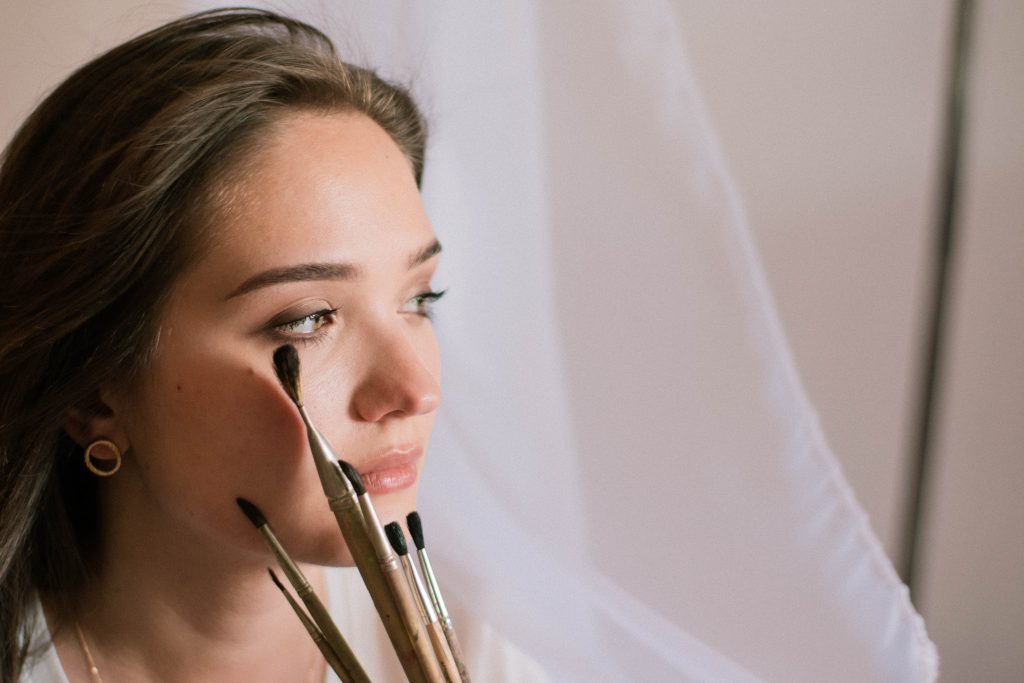
I’m thrilled to share my passion for creating realistic portraits with you. Drawing portraits can seem intimidating, but with a little guidance and practice, you’ll be amazed at the stunning results you can achieve. In this article, I’ll walk you through the steps to get started on your journey to capturing the essence of the human face on paper. So grab your pencils, let your creativity flow, and let’s dive into the art of drawing realistic portraits!
- Gather Your Tools and Materials: To embark on your portrait drawing adventure, you’ll need a few essential tools. Start with a set of high-quality drawing pencils, ranging from soft to hard leads. These will help you achieve a wide range of tones and textures. Invest in a good sketchbook or drawing paper to bring your portraits to life. Additionally, keep an eraser, a blending stump or tortillon, and a ruler handy for precise measurements.
- Study the Basics of Proportions: Before diving into drawing portraits, it’s crucial to understand the basic proportions of the face. Familiarize yourself with the placement of facial features, such as the eyes, nose, mouth, and ears. Pay attention to their relative sizes and distances from one another. Observing and analyzing reference photos or real-life subjects will train your eye to capture these proportions accurately.
- Start with Light Sketches: Begin by lightly sketching the basic outlines of the head and the main features. Avoid pressing too hard on the paper at this stage, as you’ll want to make adjustments later. Focus on capturing the overall shape of the head, the angles of the jawline, and the positioning of the features. This initial sketch will serve as the foundation for your detailed portrait.
- Pay Attention to Shadows and Highlights: To create depth and realism, it’s essential to understand how light interacts with the human face. Observe the reference photo or your subject closely, noting the areas of shadow and highlights. Shadows give form and dimension to the face, while highlights add a sense of light and bring certain features forward. Gradually build up the values, using different pencil grades, to depict the play of light and shadow accurately.
- Gradually Add Details: Once you have established the basic structure and values, it’s time to add details to your portrait. Start by focusing on one feature at a time, such as the eyes or the mouth. Pay attention to subtle details like wrinkles, eyelashes, or the texture of the skin. Take your time and work patiently, constantly referring to your reference or subject to capture the unique characteristics and expressions.
- Practice, Patience, and Perseverance: Drawing realistic portraits is a skill that improves with practice. Don’t get discouraged if your initial attempts don’t meet your expectations. Remember, every stroke of the pencil is a step forward in your artistic journey. Embrace the process, be patient with yourself, and keep practicing regularly. With time, dedication, and a positive mindset, you’ll witness remarkable progress in your portrait drawings.

Drawing realistic portraits is a fulfilling and rewarding artistic endeavor. By following these steps and immersing yourself in the process, you’ll develop the skills and techniques needed to capture the essence of the human face. Remember, there’s no right or wrong way to create art. Let your unique style and interpretation shine through your portraits. So, grab your pencils, be bold, and let your creativity soar as you embark on this exciting journey of drawing realistic portraits. Happy drawing, my fellow artists!
Thank you for reading! Love Nina! <3
